Ms. Ellen Berends, former Deputy Ambassador of the Netherlands to Vietnam, was attracted by two paintings by artist Phung Pham at first sight. Pride depicts a Northern woman in traditional costume. Kisses of Love is a large four-panel screen.
"I was overwhelmed by the boldness, passion and uniqueness of the work. It turned out to be a painting by Phung Pham. As with Pride , I decided to spend all my savings to buy the painting. This is truly a work of art that I want to enjoy every day," said Ellen Berends about the time she bought Love Kisses.
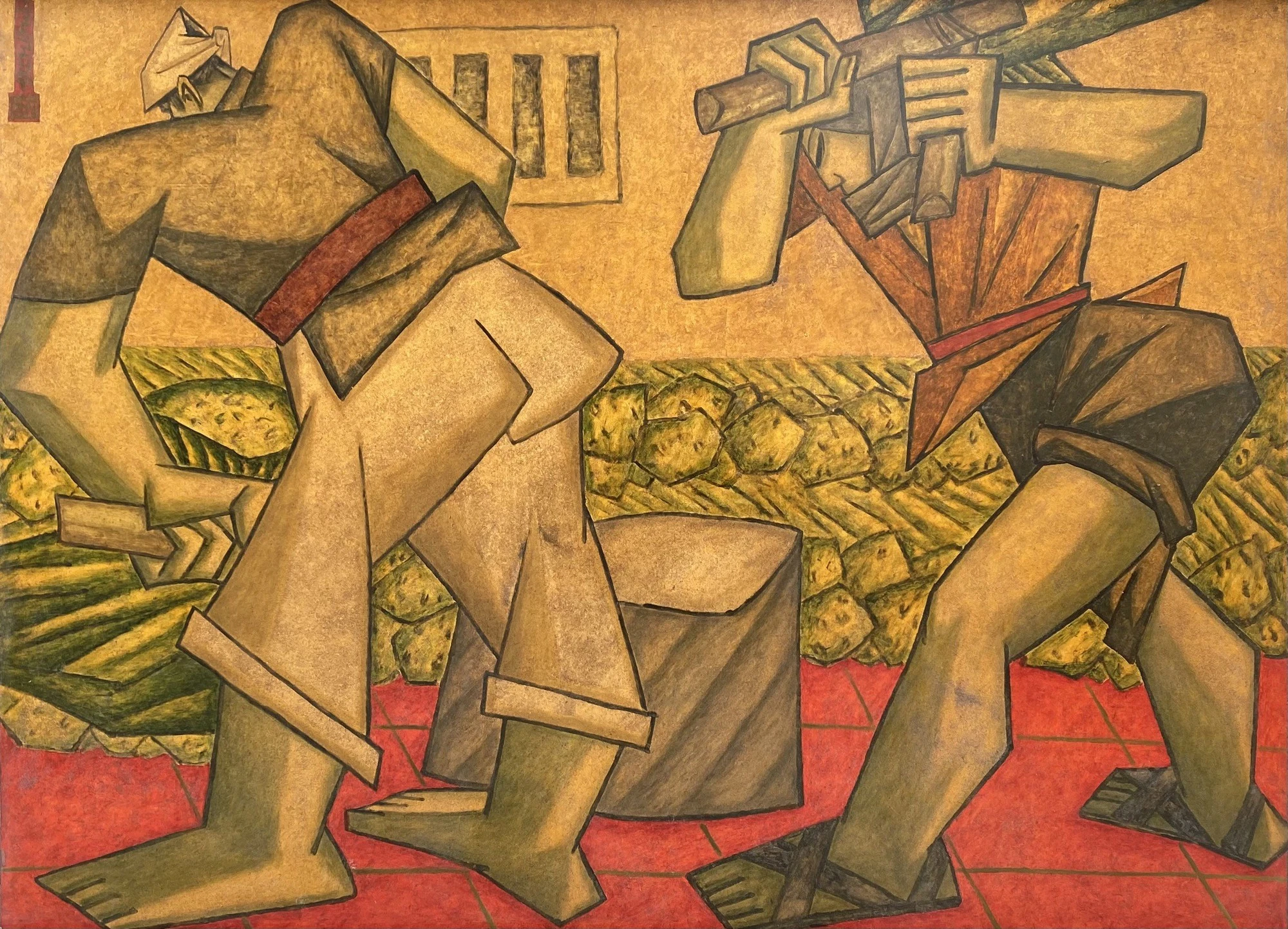
Work On the warehouse yard
It is understandable that Ms. Ellen Berends does not know Mr. Phung Pham. Mr. Phung Pham is an almost reclusive author, although his works have won several domestic awards and been exported abroad. Throughout his creative life, especially when Ms. Ellen was in Vietnam, he has never had a solo exhibition. It is not until now, at the age of 91, that Mr. Phung Pham has had his first solo exhibition and his first book introducing his works.
Mr. Phung Pham was a classmate of a generation of talented painters such as Hoang Tram, Kim Bach, Mong Bich, Duong Ngoc Canh… at the Vietnam College of Fine Arts. They had great teachers such as Tran Van Can, Sy Ngoc, Luong Xuan Nhi… However, Mr. Pham stopped studying painting in the 9th class of the Vietnam College of Fine Arts for unknown reasons, during the period when creative personalities outside of socialist realism could be stopped from studying at any time. He worked at the Vietnam Animation Studio until his retirement.

Mr. Phung Pham has very beautiful woodblock prints.
Art researcher Bui Nhu Huong said that since the 1970s, Phung Pham has had very beautiful woodcut prints. "Only two pure, simple black and white colors, raised by the melodies of lines. Here, lines are the main theme. Lines create melody, rhythm, create movement, light, water waves, create decorative details in the composition, in the background, in the blocks. Lines make everything. Colors depend on that to resonate," Ms. Huong assessed.
Ms. Bui Nhu Huong also observed the creative process, which is also the process of "cubism" in his works. According to her, Phung Pham's creative process is consistent with his own visual language, which can be temporarily called "modernization" or "cubism". This process is divided into two stages.
In the early stages, in the 1970s and 1980s, his works were still close to reality, following traditional folk aesthetics, such as Against drought , Silver rice, Golden water ... "An inevitable mentality when the mainstream, orthodox, and exclusive art at that time was still socialist realism. But during this period, the artist quietly created works that were predictive, ahead of the curve with modern graphic language, far from traditional folk aesthetics", Ms. Huong said.
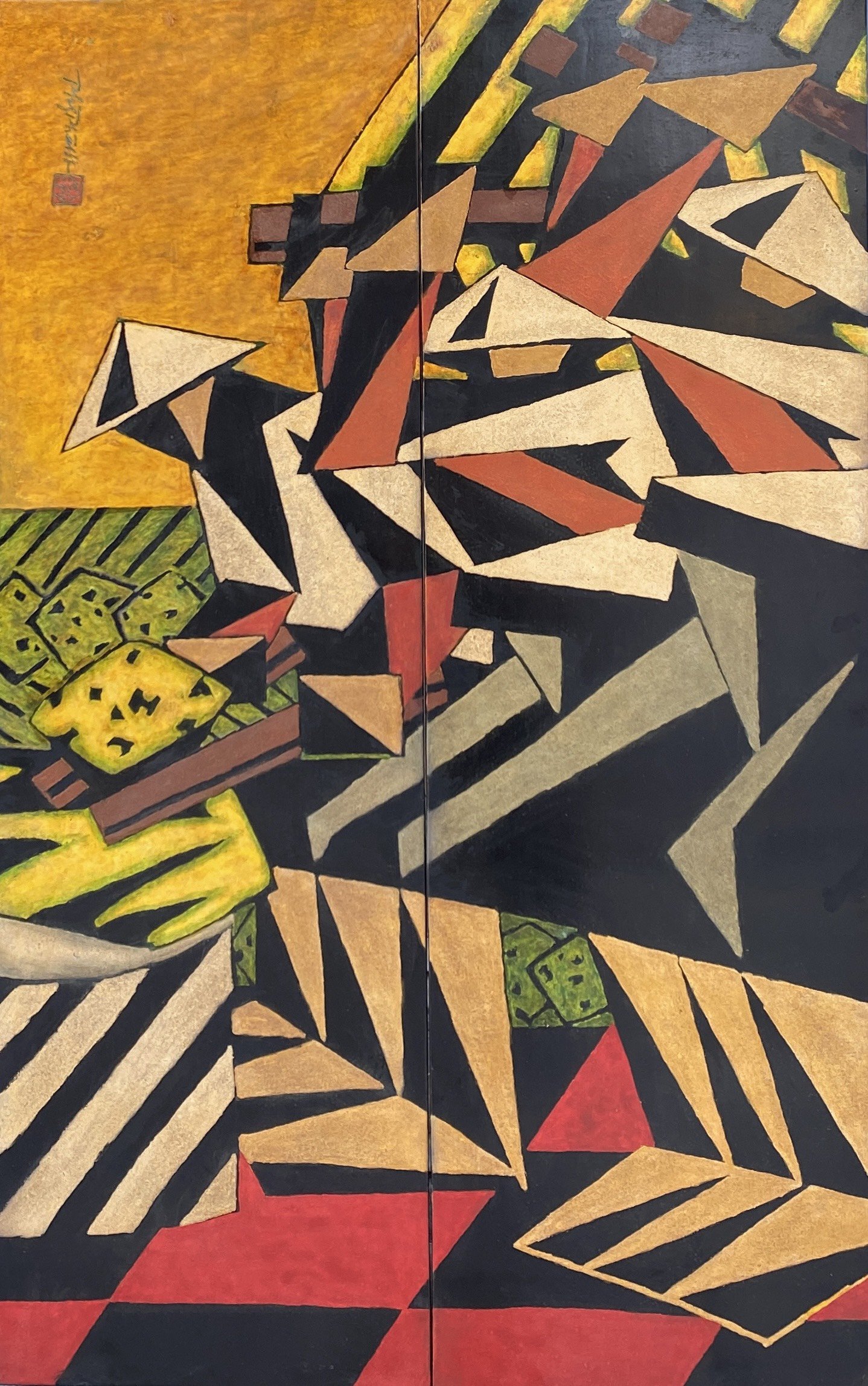
Thresh
In the second phase, when the renovation came in 1986, in the general trend of creative freedom in the country's literature and arts, Mr. Phung Pham already had his own path, and he continued to pursue it, moving on to the next phase... "In that phase, Phung Pham had the most drastic and decisive changes and transformations in both language and artistic perspective," Ms. Huong assessed.
In Phung Pham’s solo exhibition, we can see many themes that he pursued in many works. They escape from the description of reality to aim for the flexibility of shapes. Squares, circles, triangles are placed next to each other, and from there resonate a strong rhythm. That makes his paintings of productive labor even more irresistible.
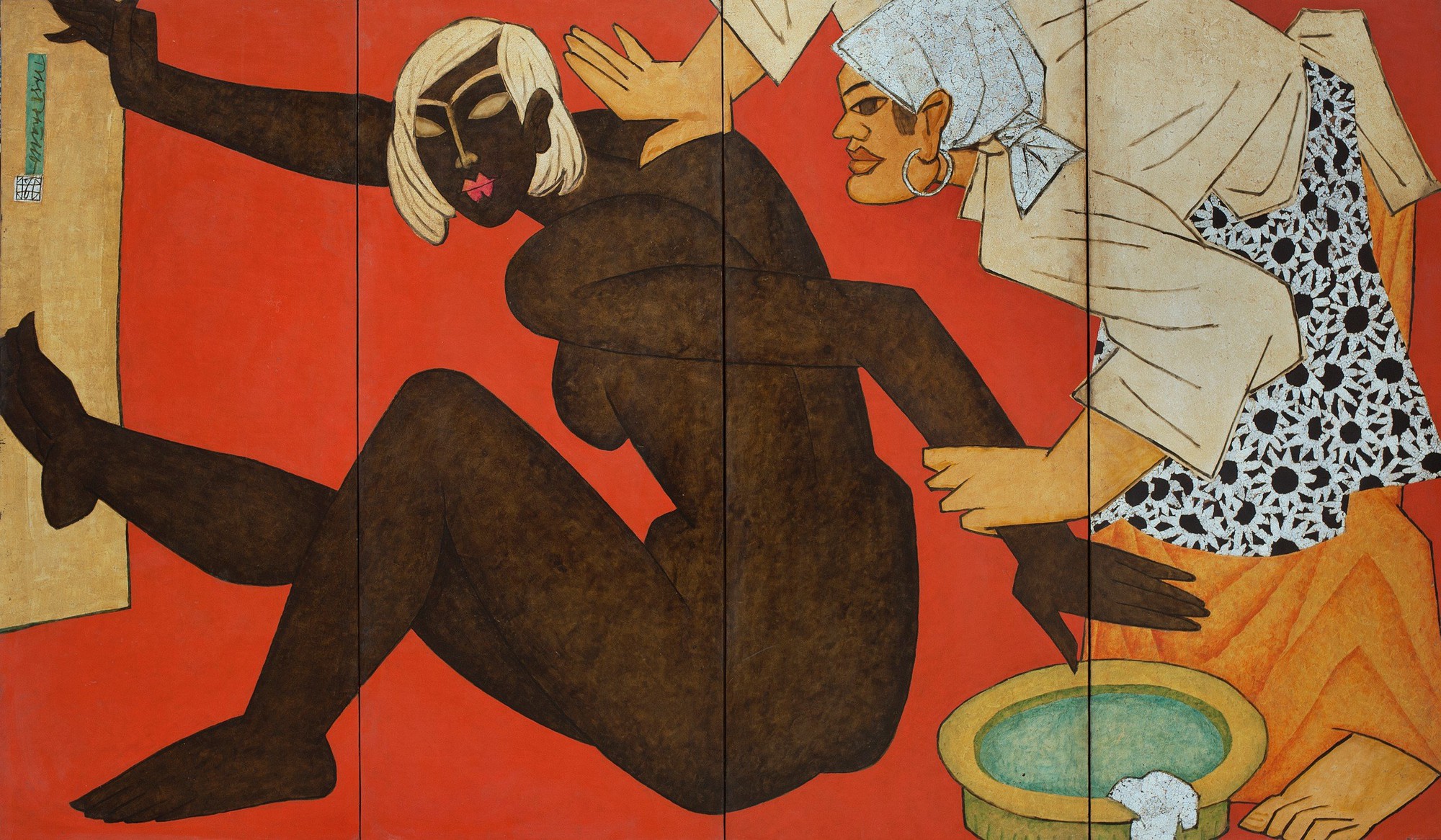
The Stepchild
In works describing farming work such as Going to plant I , Going to plant II, Night planting ... the leaf raincoats are described as large rectangles, assembled from rows of triangles depicting leaves close together. The hands are described as square like a large hair comb. The hat and the leg wrap are as rhythmic as the raincoat... That makes the people who go to plant strong and modern.
There are also works in the exhibition that make viewers silent because of the desire to describe the identity that Mr. Phung Pham conveys. The work "The Stepchild" depicts a black girl, a mixed-race child during the Vietnam War, being bathed by her mother. He depicts her with strong dark brown blocks. Only sadness is still somewhere in her tightly closed eyes.
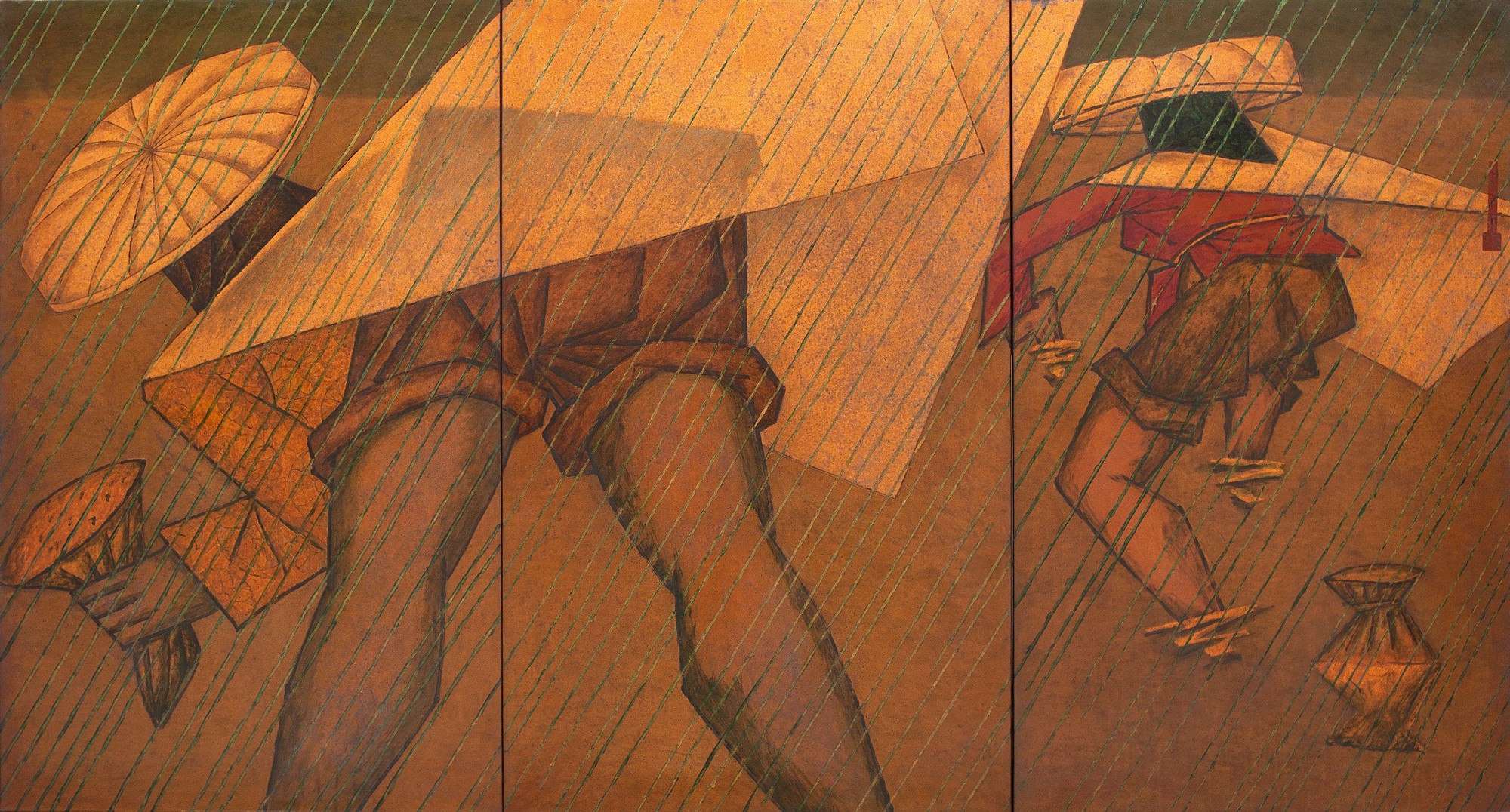
The work of the Planting of the Chiem
Another very suggestive work is “Cây Chiêm” . In it, Mr. Phùng Phẩm chose a perspective from behind… the character’s buttocks. The character’s figure is captured entirely in the beauty of this round buttocks. A daring look.
Despite his late debut, Phung Pham, with his solo exhibition, has still managed to show an author who is both brave and modern, with a compassionate perspective. In a world that is becoming flatter, his artistic voice is very unique and easily attracts sympathy.
Source link


![[Photo] Prime Minister Pham Minh Chinh chairs the regular Government meeting in March](https://vstatic.vietnam.vn/vietnam/resource/IMAGE/2025/4/6/8393ea0517b54f6791237802fe46343b)

![[Photo] Vietnamese rescue team shares the loss with people in Myanmar earthquake area](https://vstatic.vietnam.vn/vietnam/resource/IMAGE/2025/4/6/ae4b9ffa12e14861b77db38293ba1c1d)

![[Photo] Solemn Hung King's Death Anniversary in France](https://vstatic.vietnam.vn/vietnam/resource/IMAGE/2025/4/6/786a6458bc274de5abe24c2ea3587979)
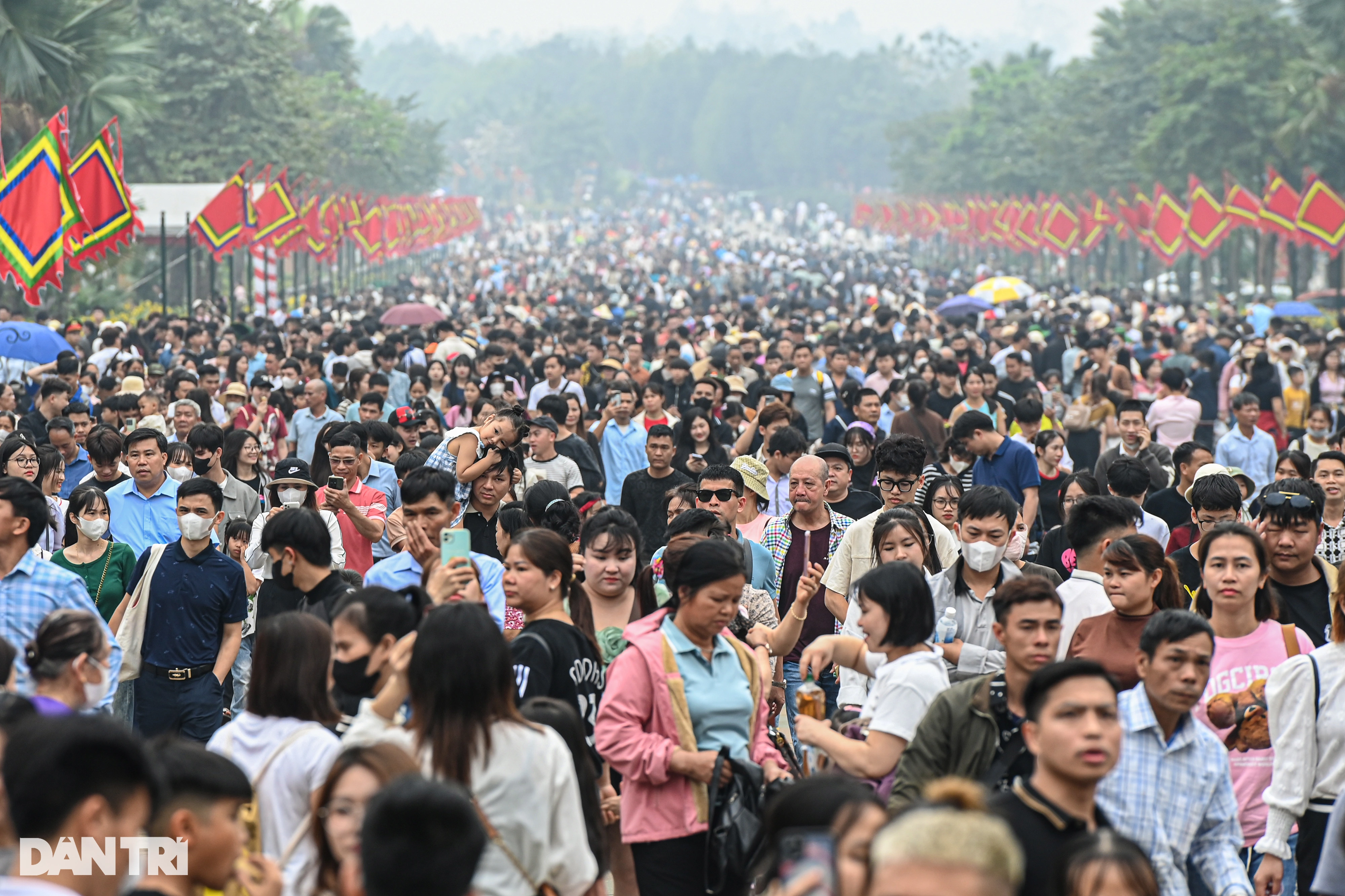
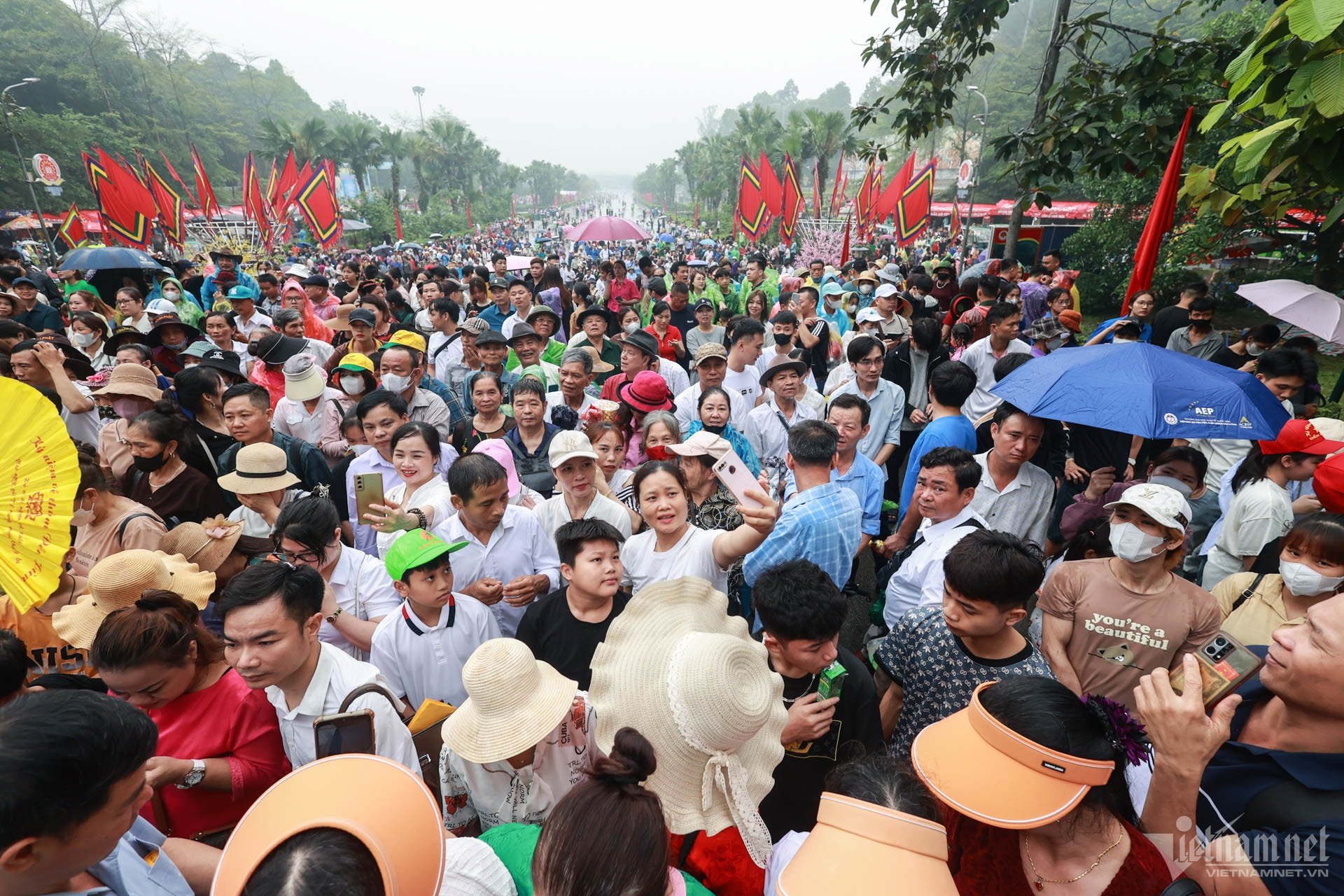

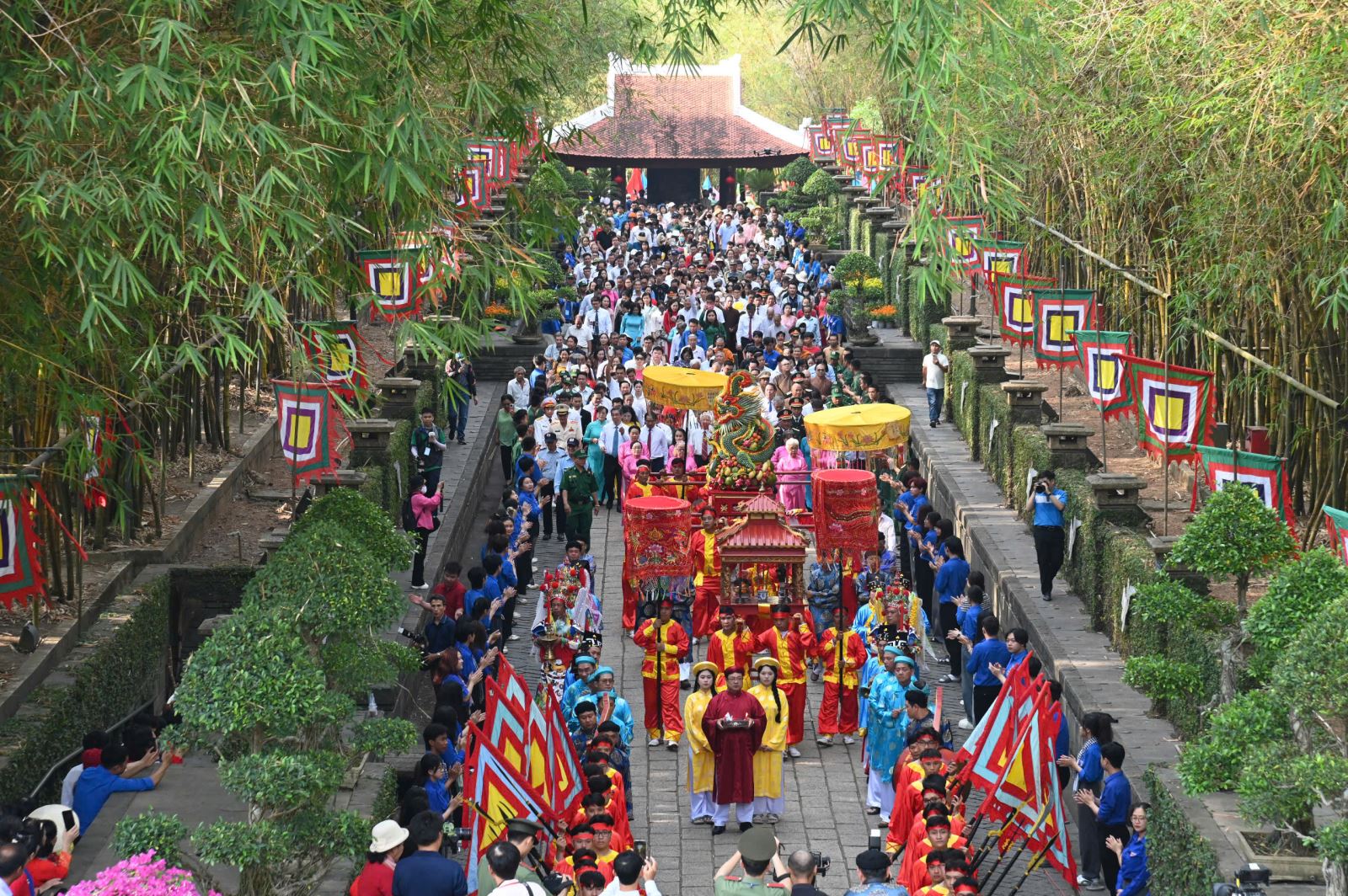

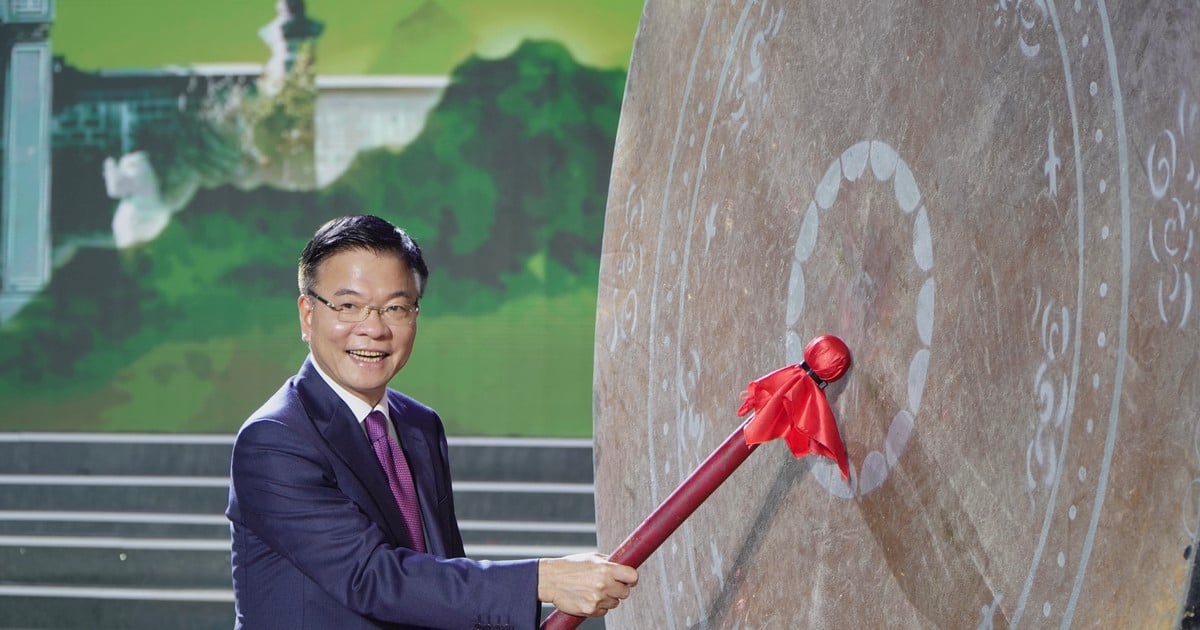


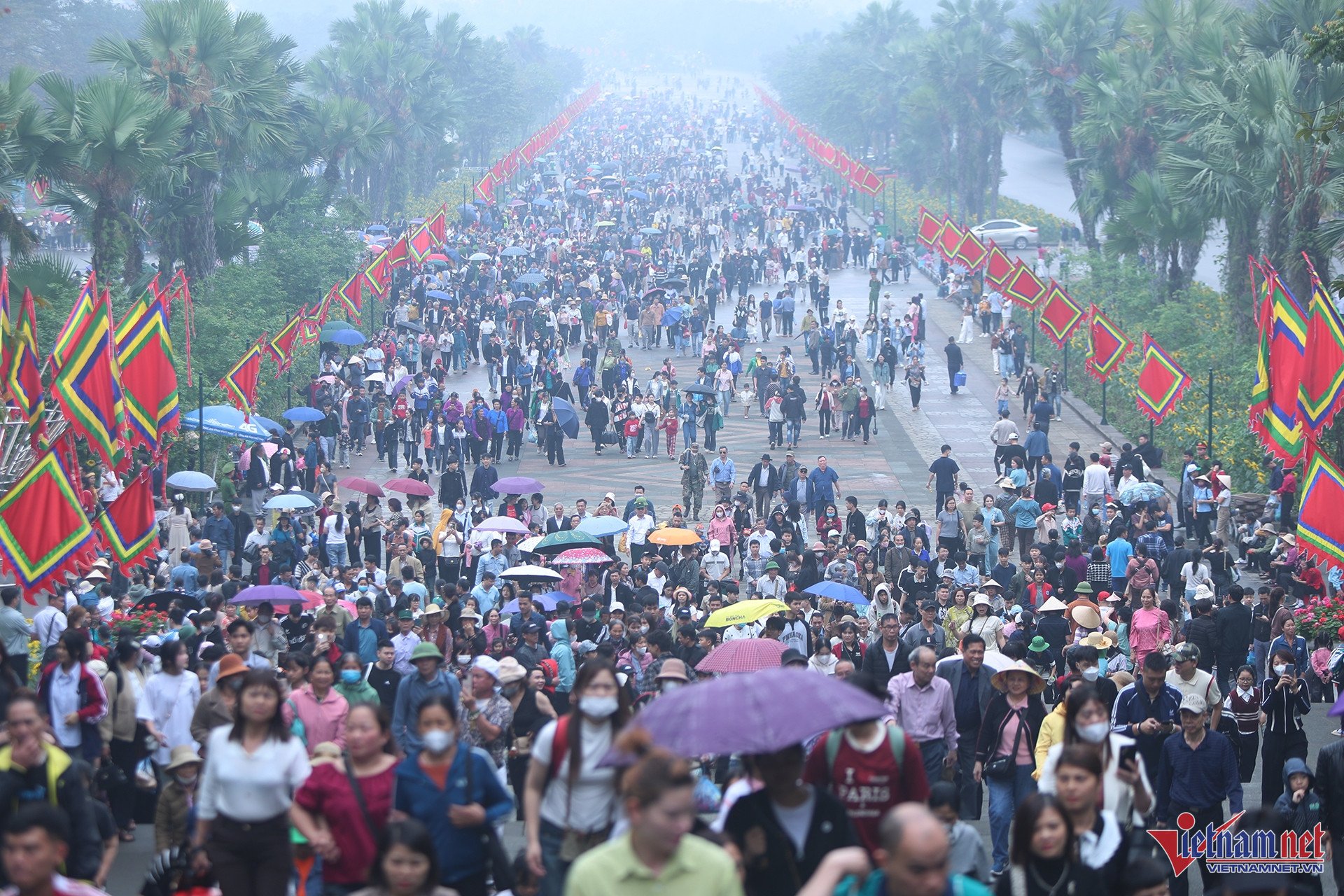

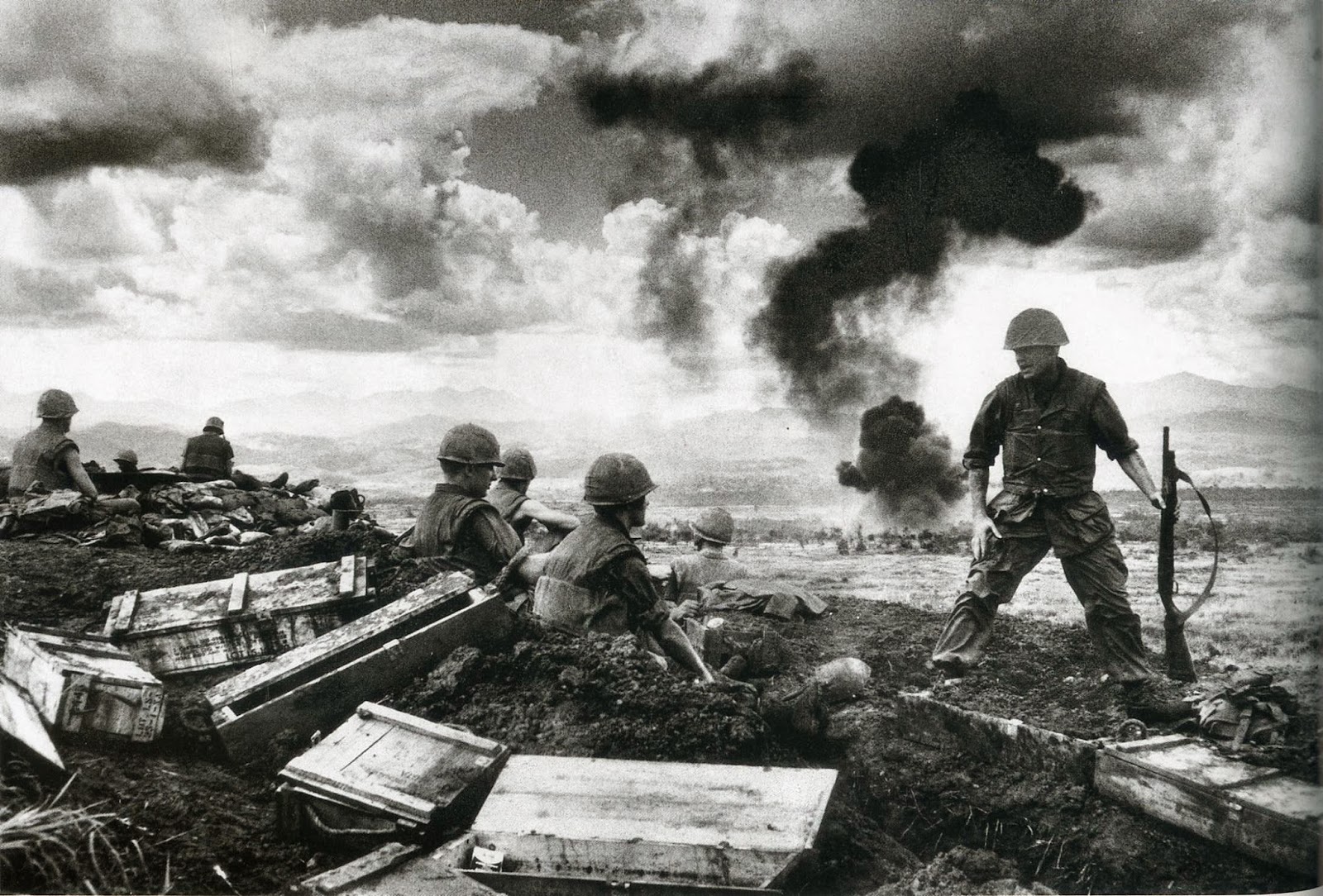
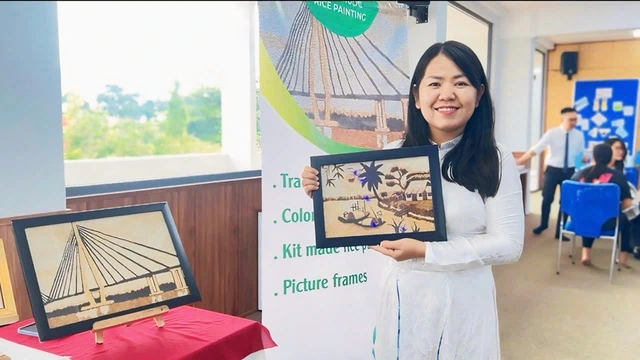

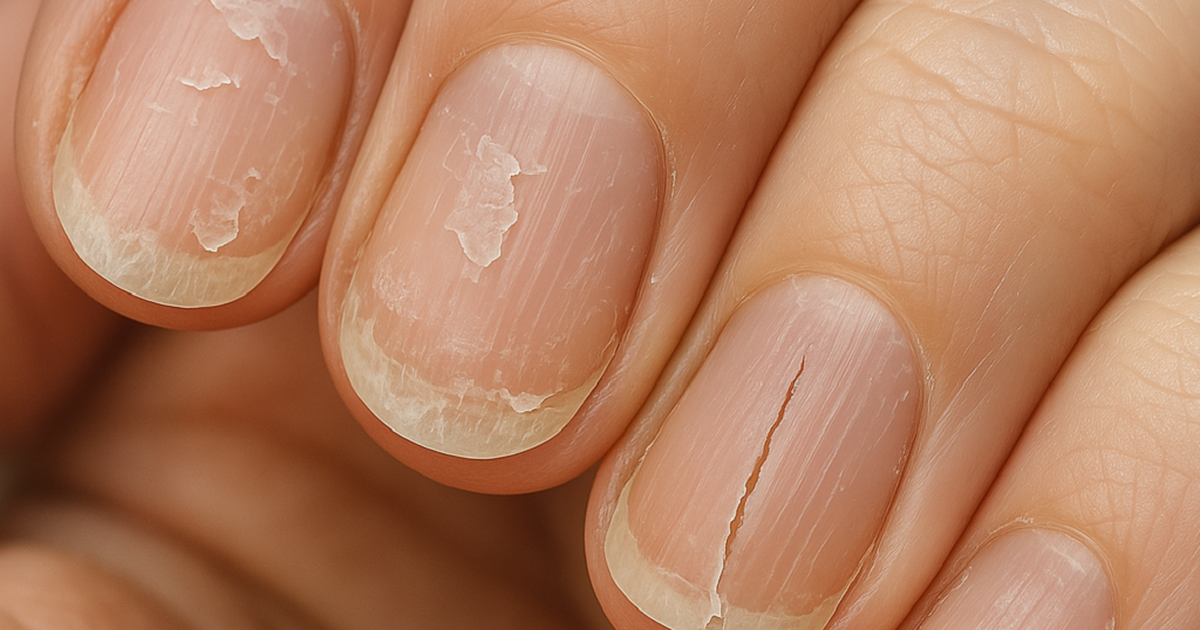



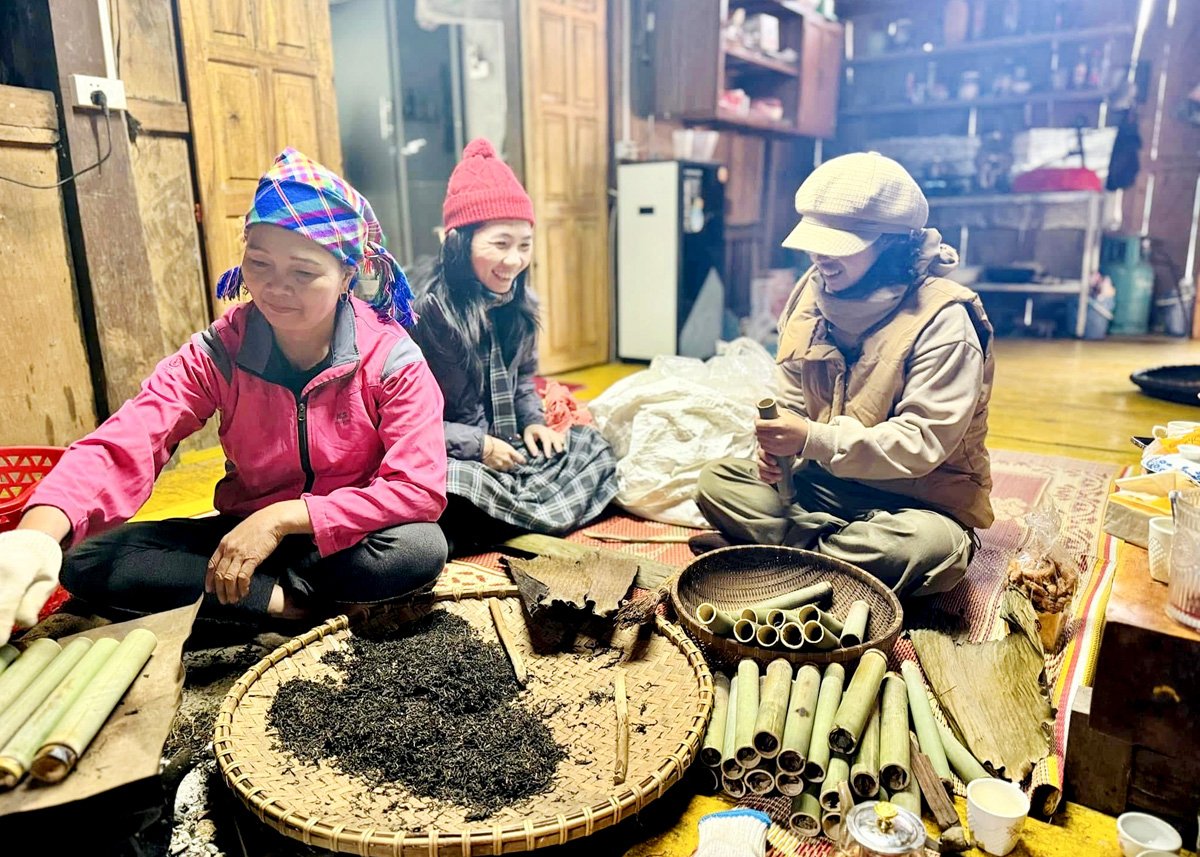

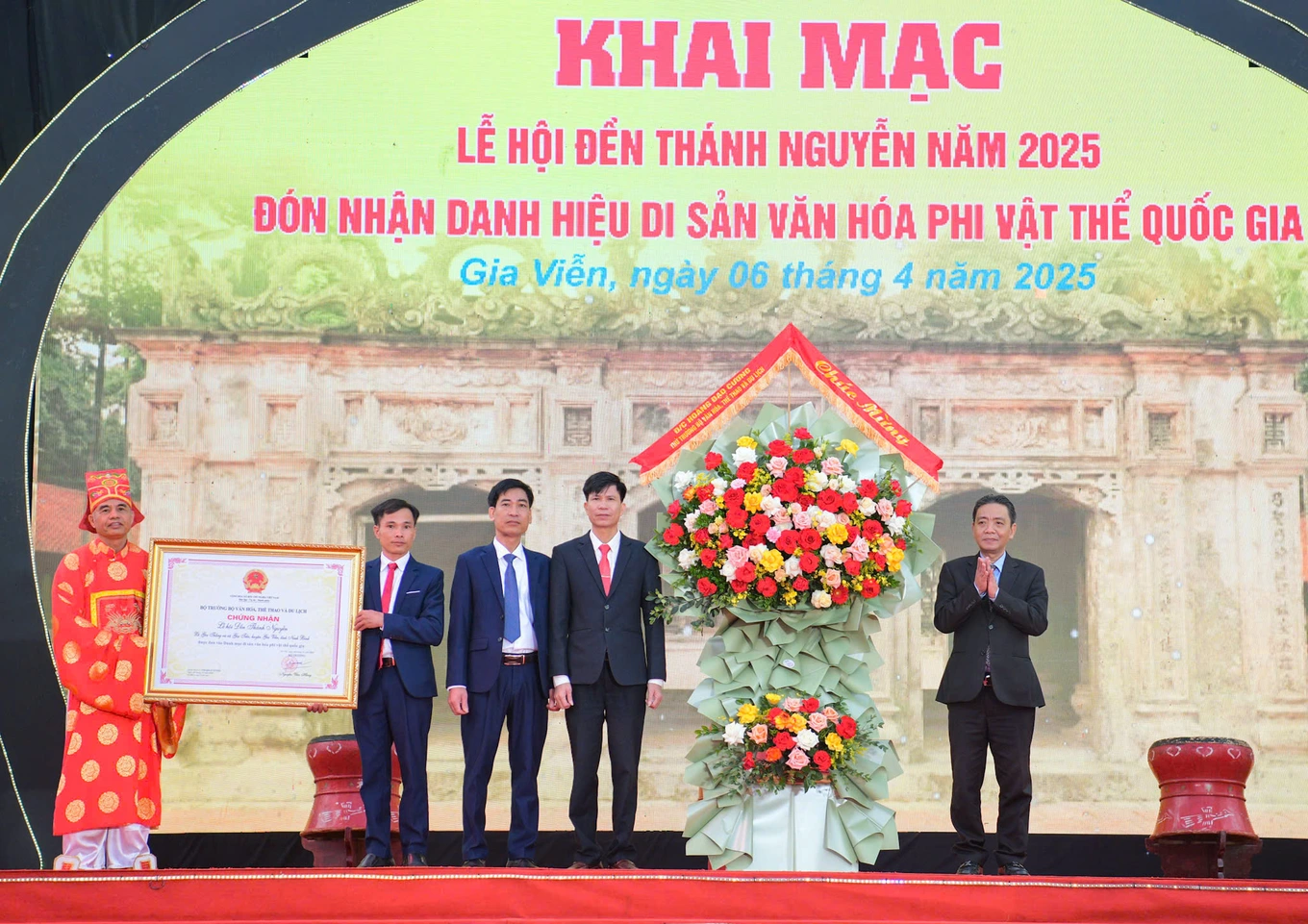



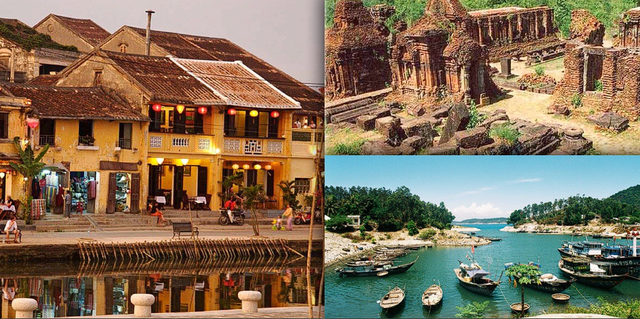



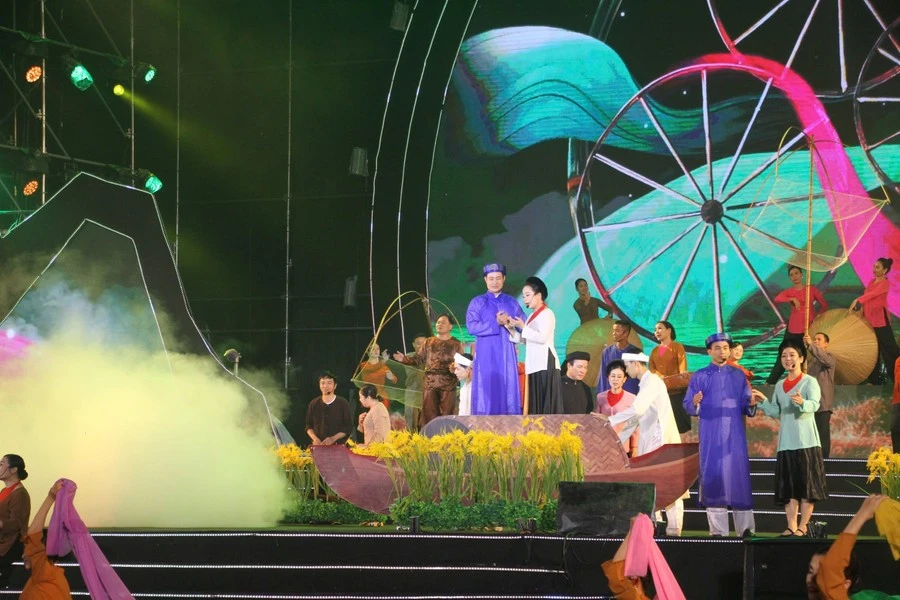





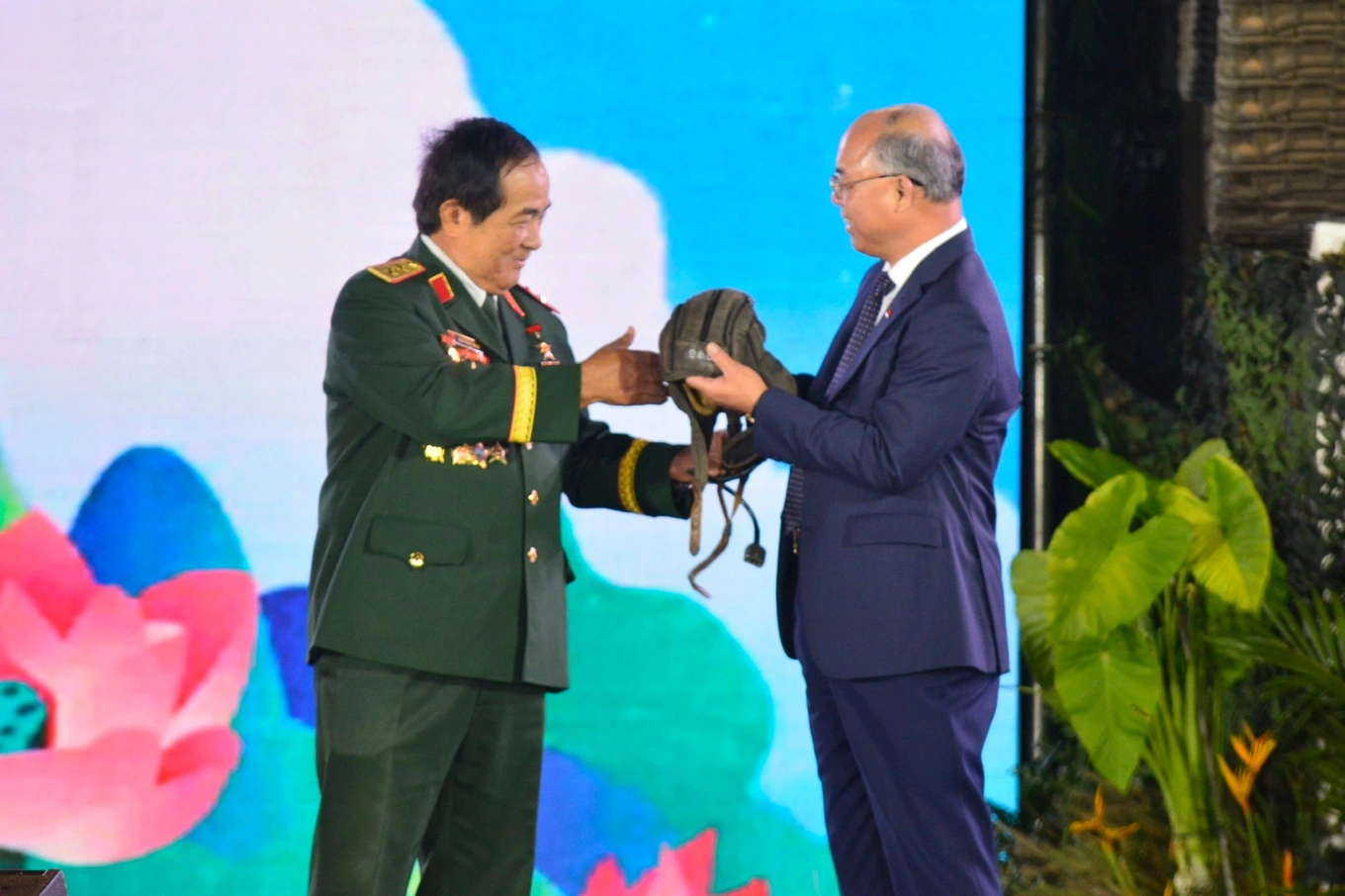
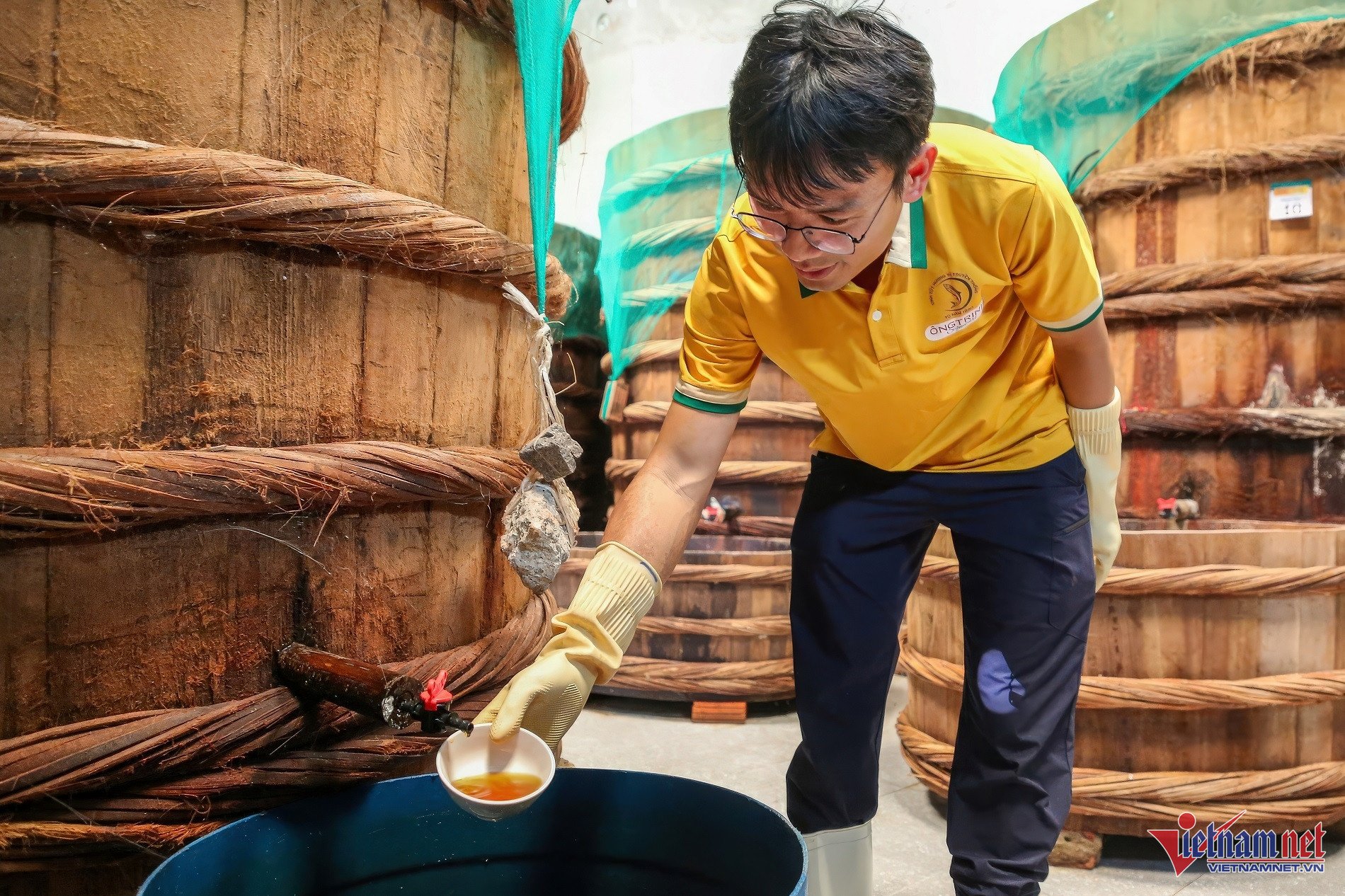

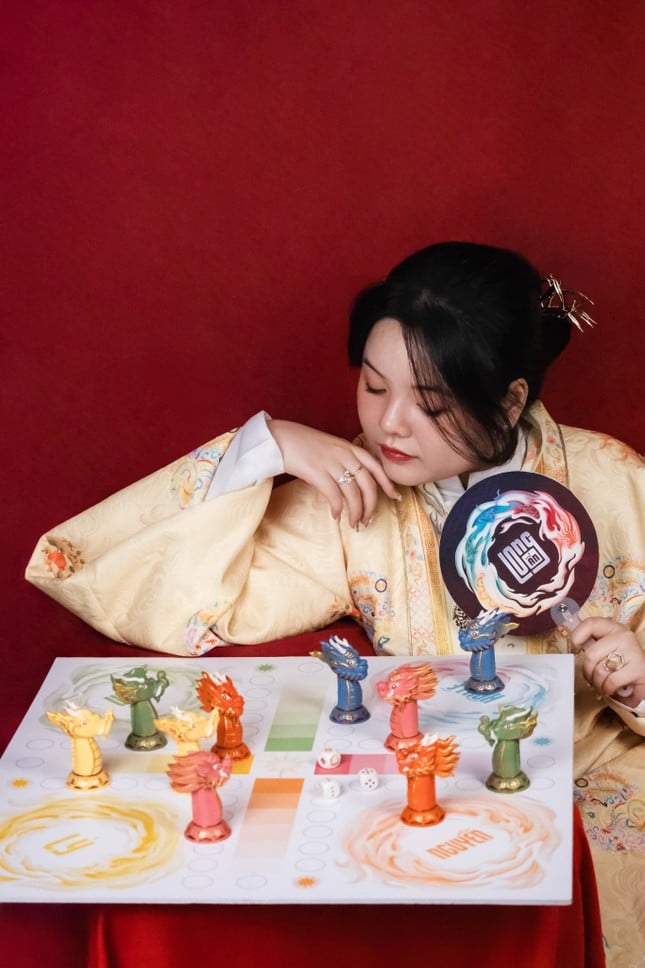








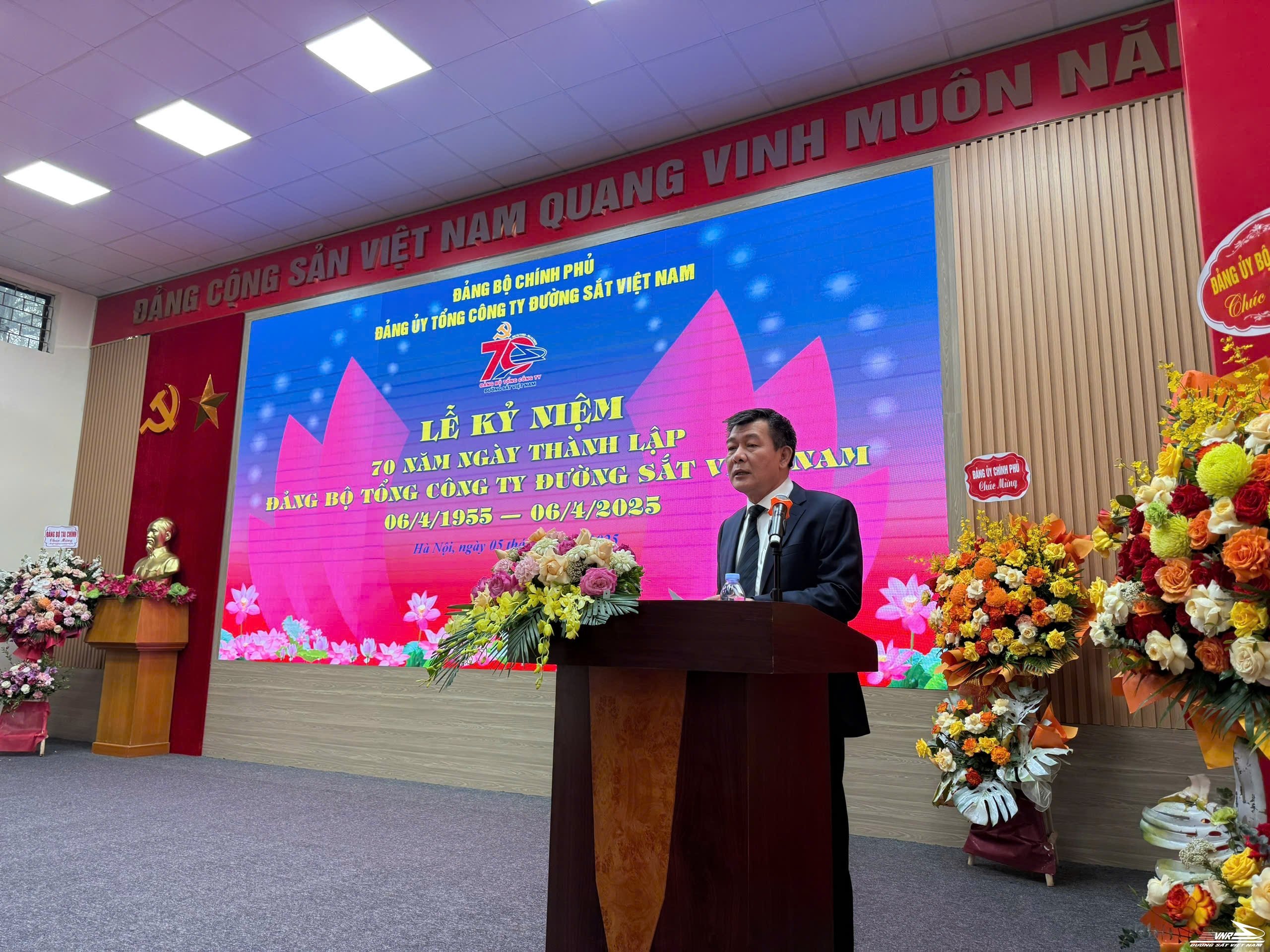


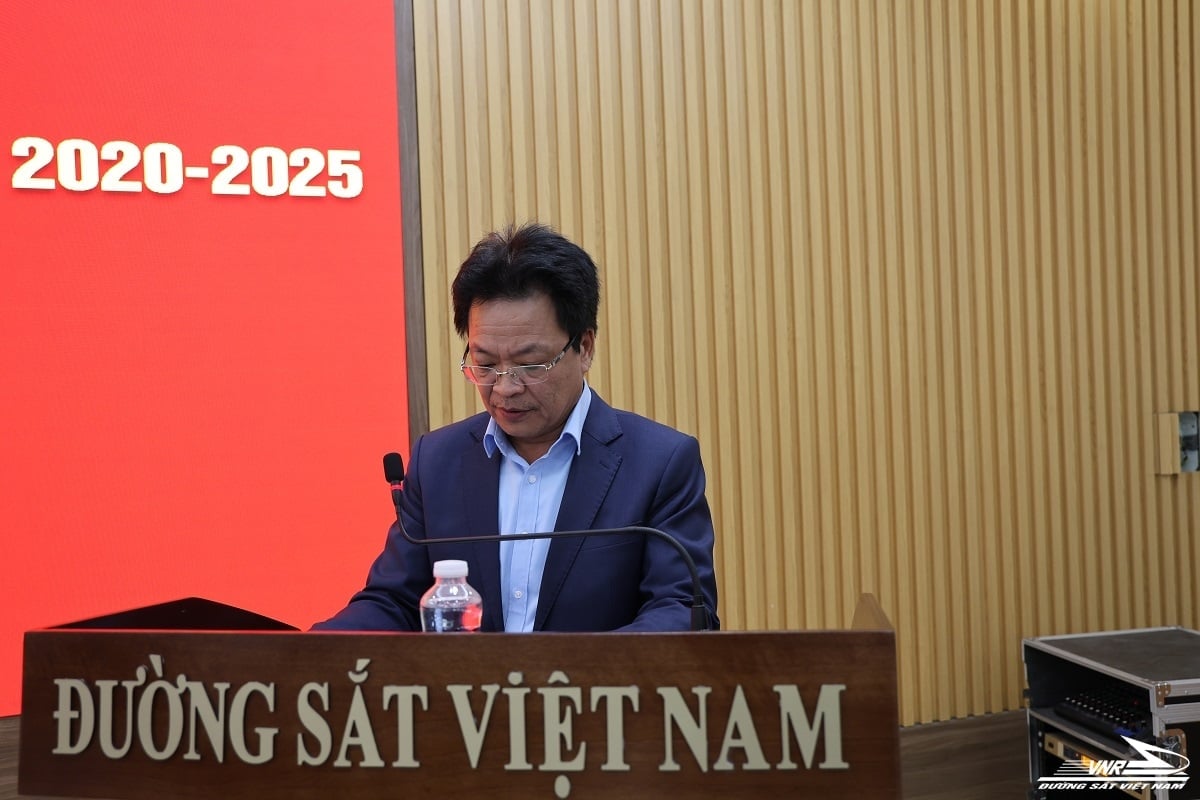
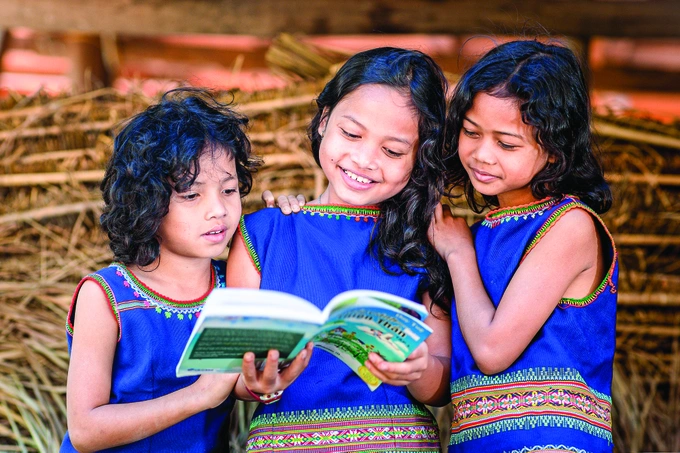

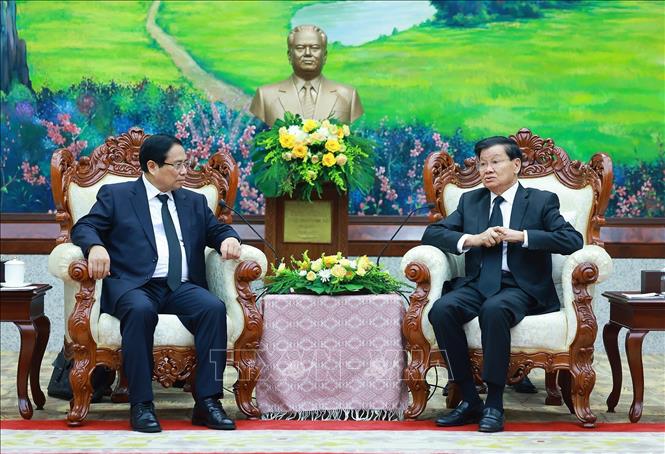

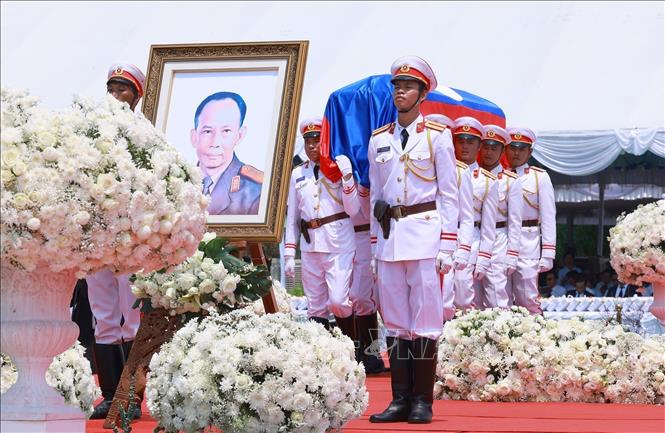
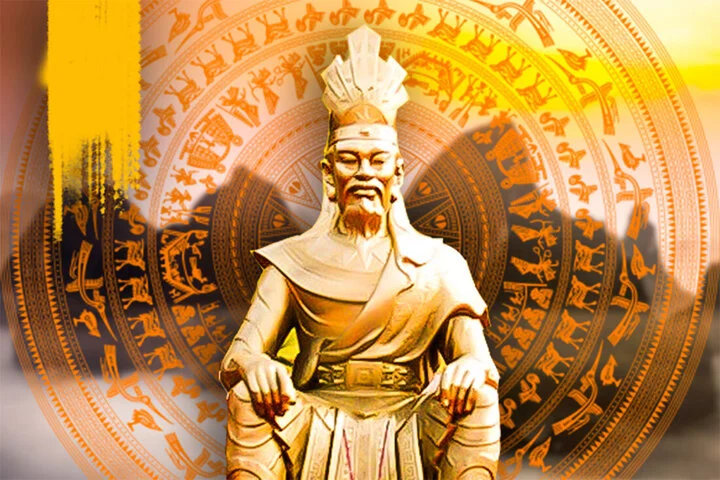










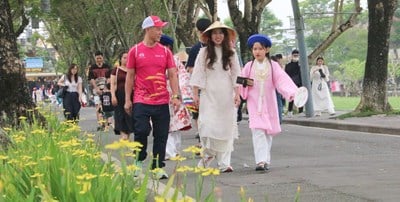


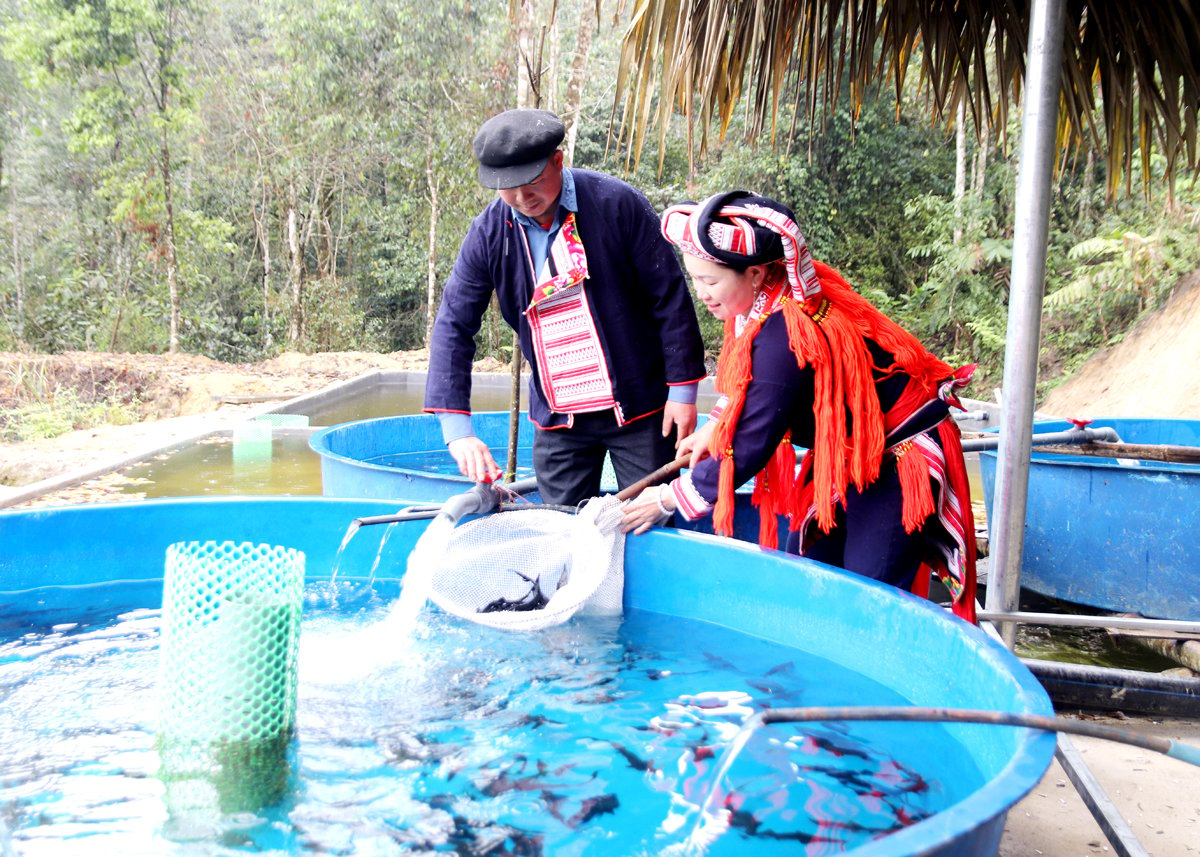
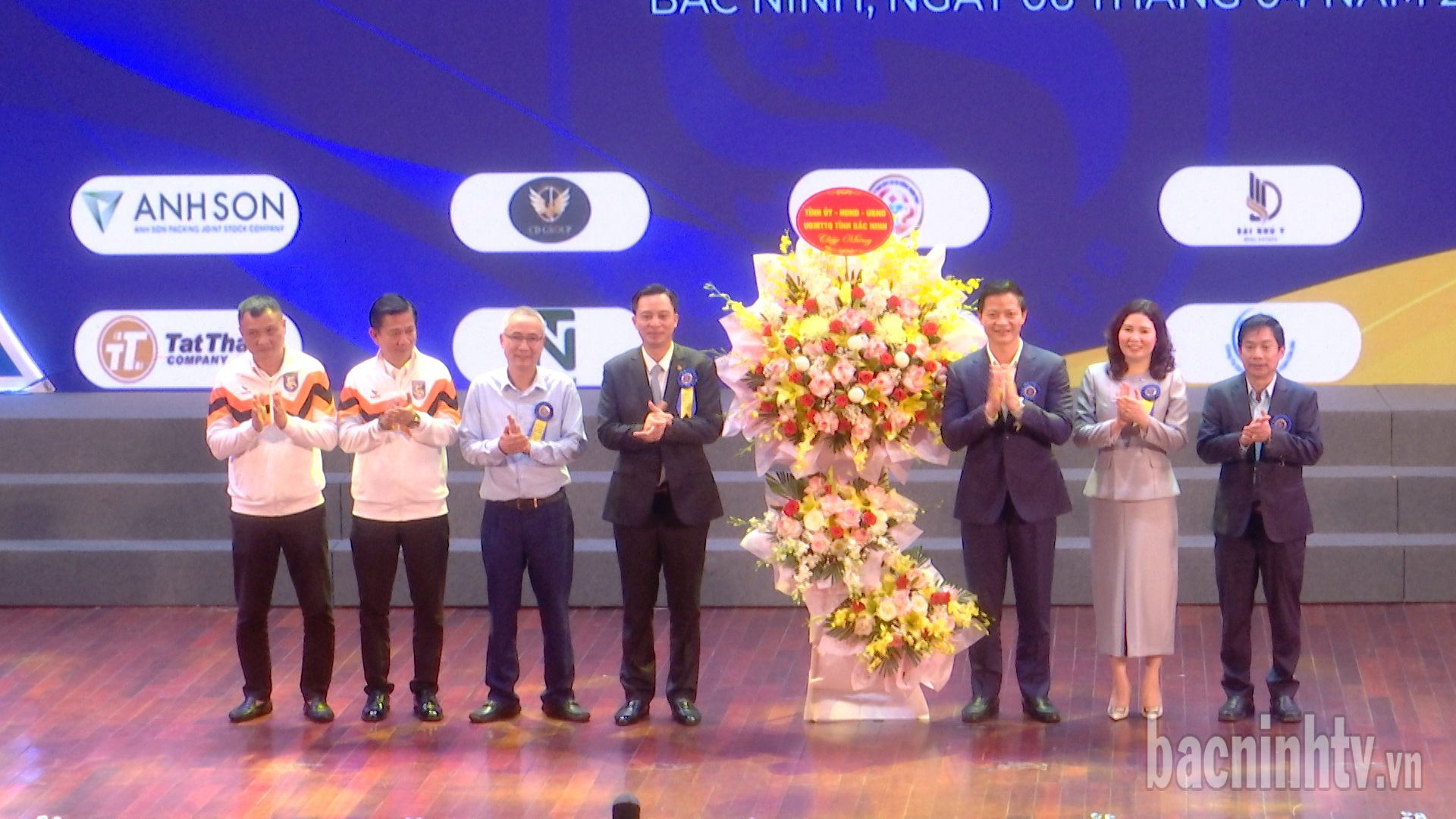


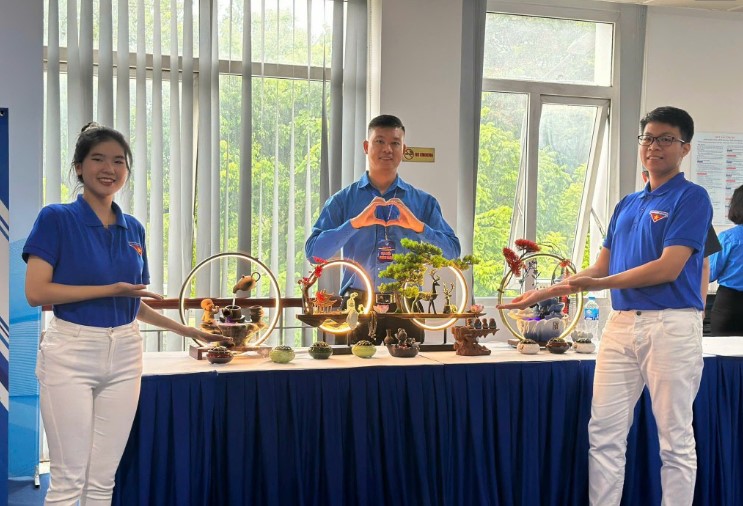
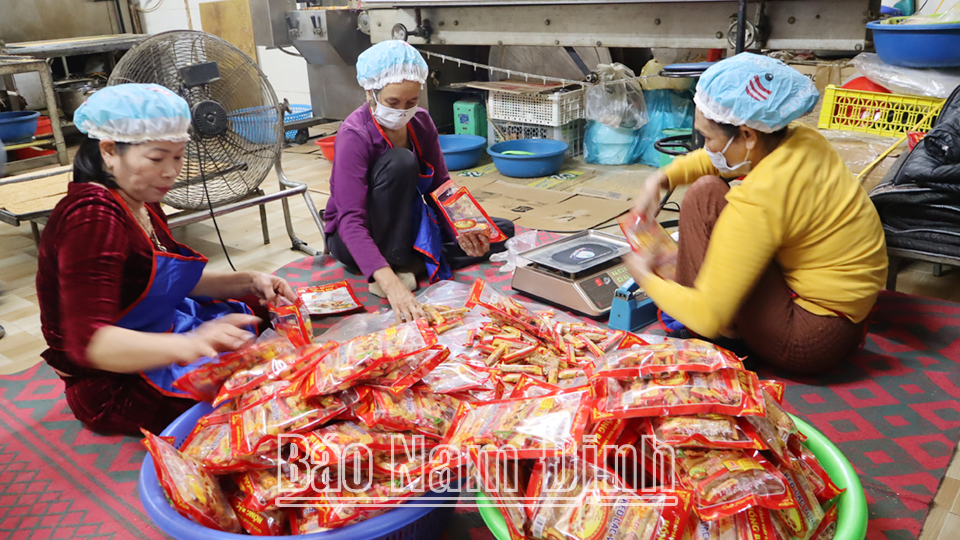





Comment (0)